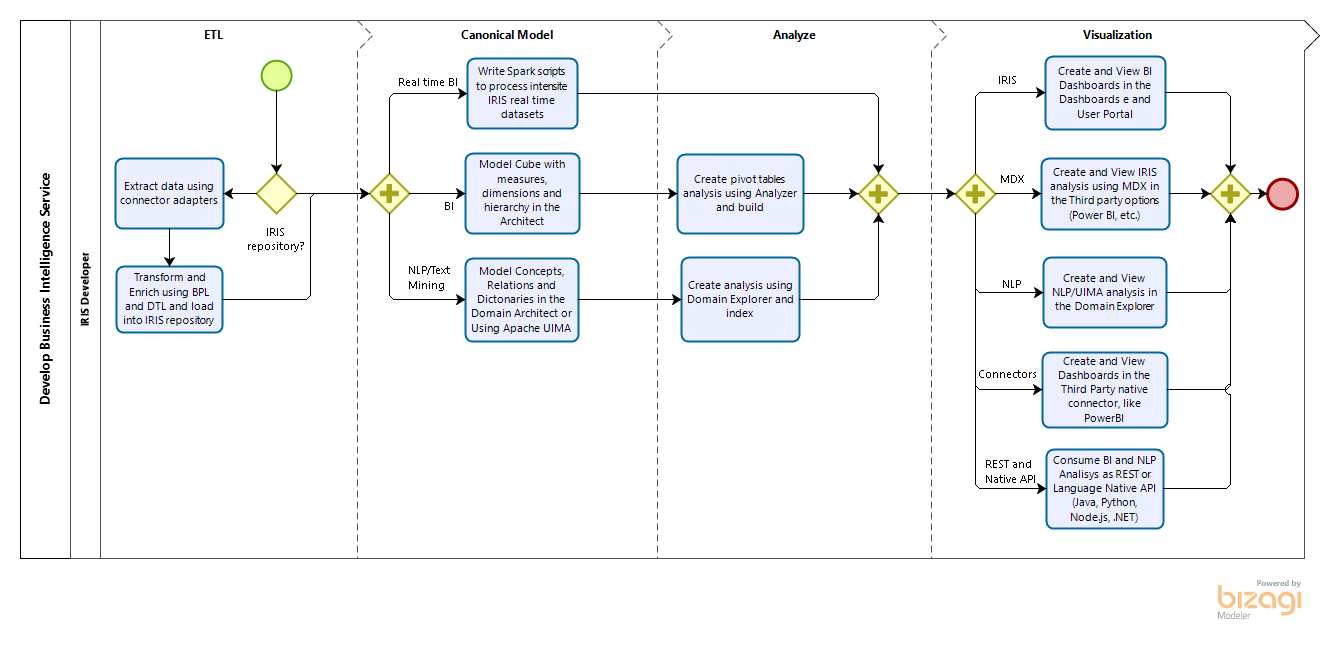This is a sample to use %JSON.Adaptor class available in IRIS to produce a snapshot of your object.
The sample consists of 2 classes that are variations of what was known in Caché/SAMPLES as Sample.Person.
Be aware that the possibilities are limited by %JSON.Adapter and how you make use of it.
Once in place, you create some test data by Populate().
You select an object and take a snapshot.
You apply changes to your object and take another snapshot.
And see the difference.
BINGO!

.png)


